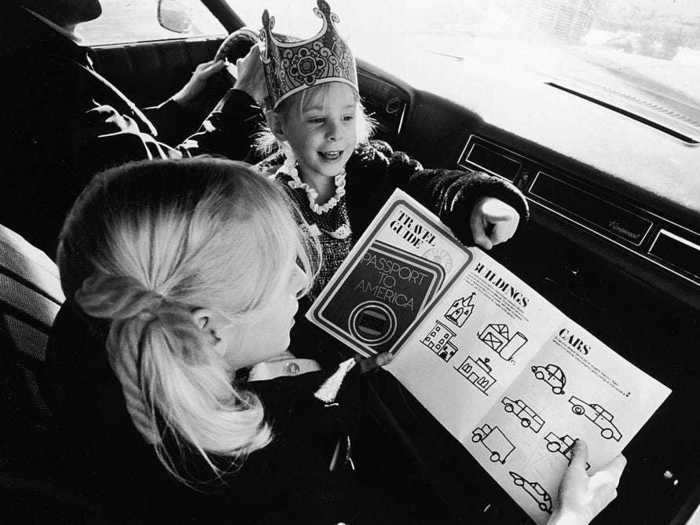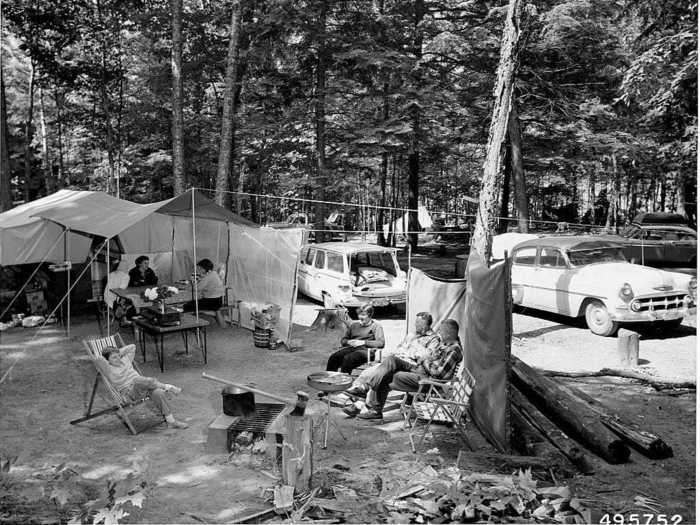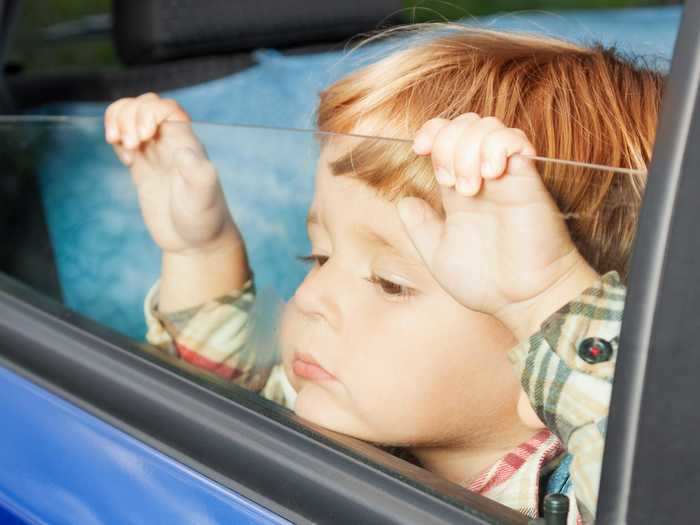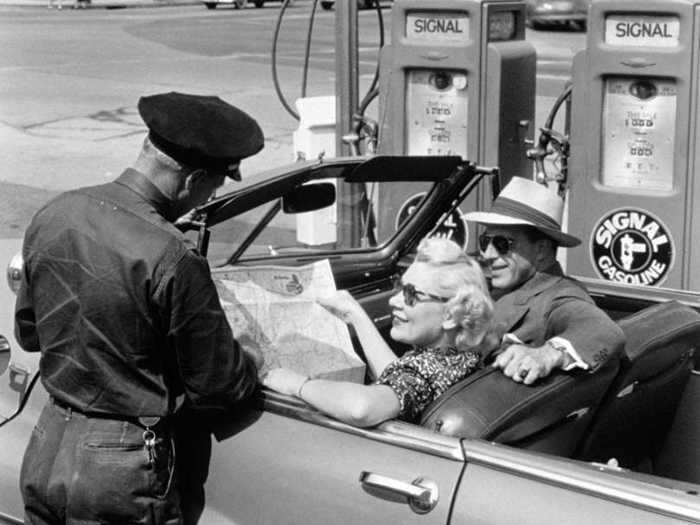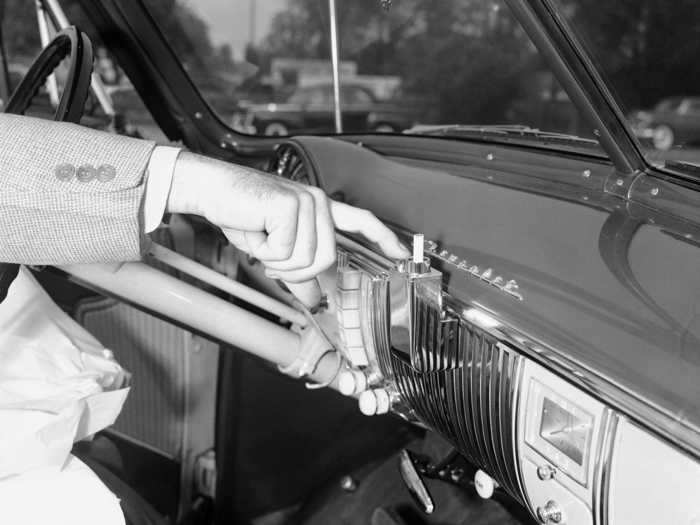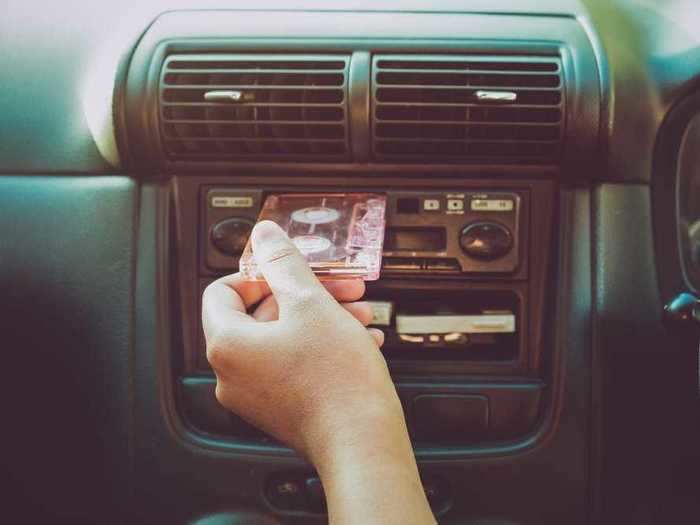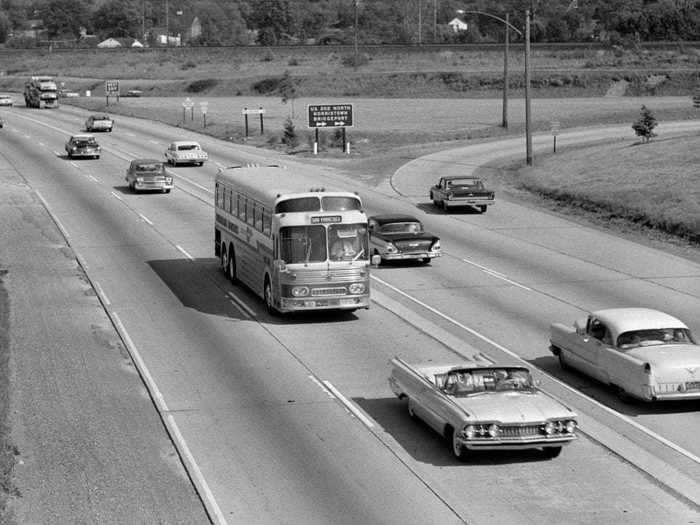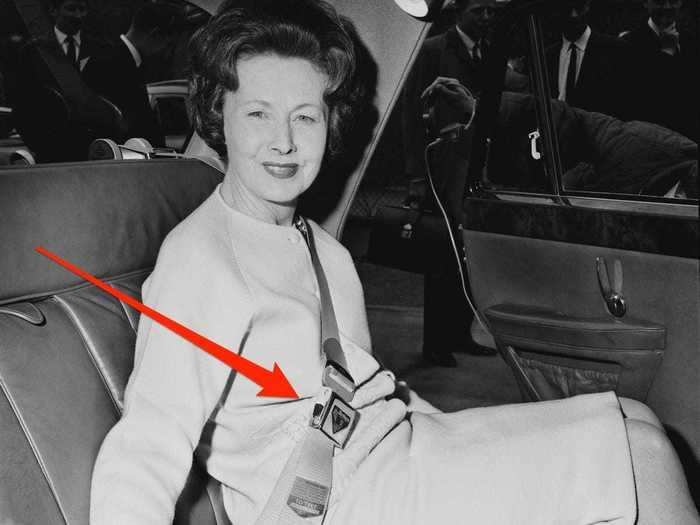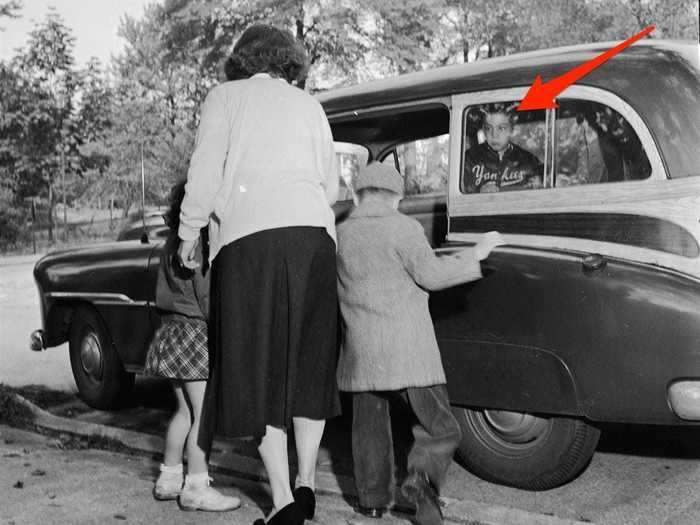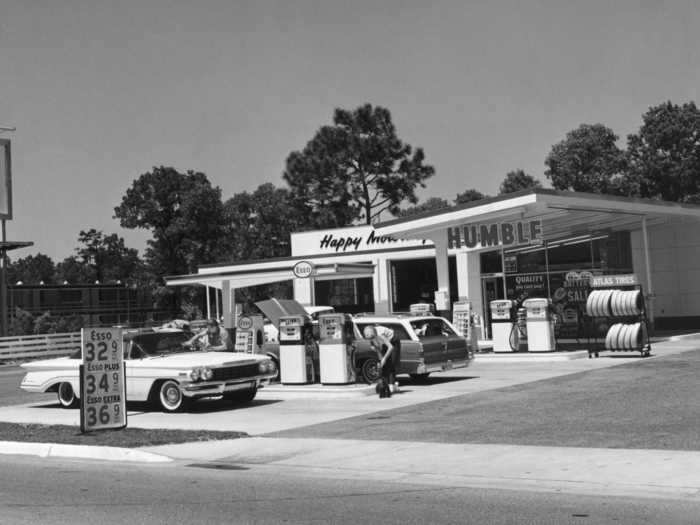Thanks to GPS, veering off course is hardly ever a worry.
Shutterstock/gualtiero boffi- Cars jam-packed with emergency supplies, no seat belts, and paper maps made road trips full of mishaps since they gained popularity in the 1960s.
- While Americans still hold on their wanderlust, now, thanks to modern-day technology, road tripping has become more seamless.
- Hitting the road is all about the journey, so let's take a look at how far we have come on the iconic cross-country vacation.
- Visit Insider's homepage for more stories.
From the miles of asphalt stretching before you to the wind whipping through your hair, road tripping has become an iconic American vacation.
Starting in the 1960s, American families piled into their cars and hit the road, usually guided only by a AAA TripTik map. Motels filled up with other families from all across the country, becoming hubs to exchange information and tips.
Thankfully, with modern-day technology, the dreadful mishaps encountered on the road can now be seamlessly avoided. While the adventure and wanderlust still remains, road tripping has definitely evolved for the better.
Read the original article on
Insider
In-car entertainment consisted of playing the same road trip games with your fellow passengers for hours on end.
If you embark upon a road trip and don't play at least one classic road trip game, you're missing out — but what's convenient about modern-day technology is that once you tire of playing license plate bingo, you can tap out and turn to your smartphone, or hand-held game to pass the time. Earlier road trippers didn't have that option.
Camping was often the best and most affordable option while driving across the country.
Most campgrounds were affordable and accessible, allowing families to pull into their site in evening and set up tent. Then they'd pack up and hit the road the next day.
Gradually, roadside motels began to pop up along the interstate, where families could enjoy the luxury of a swimming pool or game of shuffleboard.
Today, Americans have plenty more options when it comes to accommodations. There are plenty of hotels located near highways, making it generally easy to find a place to stay when you are in a bind.
You made sure to use the restroom whenever it was available — even if you didn't have to go.
Some of the most timeless advice you can receive is to always use the restroom when it's available to you, regardless of whether or not you have to go.
An old road tripping trope is that the second you pile into your car and hit the road, someone has to use the restroom. While this still holds true today, there are more facilities now for people to relieve themselves than back in the day, before convenience stores and gas stations were so commonly available. Back then, you had to wait for a designated "rest stop," or else just risk an accident.
Packing a map for navigational purposes was a must.
Global positioning systems (GPS) have revolutionized how people travel and navigate today — but the first commercially-available GPS phone wasn't released until 1999. Therefore, if you wanted to get from point A to point B, you either had to hand-write out directions, take a map with you, or make constant pit-stops to reorient yourself.
Cigarette lighters in cars were *actually* designed to light cigarettes.
Nowadays, the savvy traveler can use them as adapters, or as makeshift-outlets to help charge various gadgets.
If you wanted to listen to a song, you recorded it on a cassette tape or played it on a Walkman.
These days, you have your pick of what to listen to: from audiobooks to podcasts to entire albums to the radio, ear-candy is available with the click of a button on various apps we can access from our cellphones.
Back in the day, cassettes — and later CDs — needed to be made ahead of time. Once you burned through what you brought, you were stuck with starting the album again from the top.
... And air-conditioning didn't become a standard feature in cars until the 1960s, so road trips could get sweltering, too.
Imagine driving through a sultry summer day with no air conditioning to help mitigate the unrelenting heat — not so appealing, right?
Driving was a dangerous matter, considering seat belts weren't invented until 1959...
Nils Bohlin, a Volvo engineer, created the three-point seat belt in 1959 — which means anyone riding in an automobile before that was using more rudimentary safety technology.
Luckily, rather than patent his design, Bohlin prioritized safety over profit, and allowed other car manufacturers to implement his seat belts into their automobiles.
Fitting everyone into a family-sized vehicle was like playing a game of Tetris, only with people.
Station wagons were popular choices for families in the 1960s, and the quintessential road trip car — but they were set up differently than cars are today.
For one thing, rear-facing seats were a common feature, which meant that some of the family traveled facing forward, while unlucky passengers — especially those who were prone to getting carsick — were delegated to the rear-facing seats in the back.
Roadside restaurants weren't as ubiquitous as they are now — so you packed food strategically.
Before the 1950s — the decade where fast food truly began to dominate the American culinary scene — restaurant options were limited, and few and far between. Therefore, if you packed something before you hopped in the car, you ate it — no matter how dry or bland.
Though there are millions of miles of road in the world, today people generally have an easier time finding food to subsist on at regular intervals during road trips today.
In fact, countless articles have been written about road trip snacks, rather than meals, to pack, since it's widely assumed that you'll be able to stop for an actual meal during your travels.

